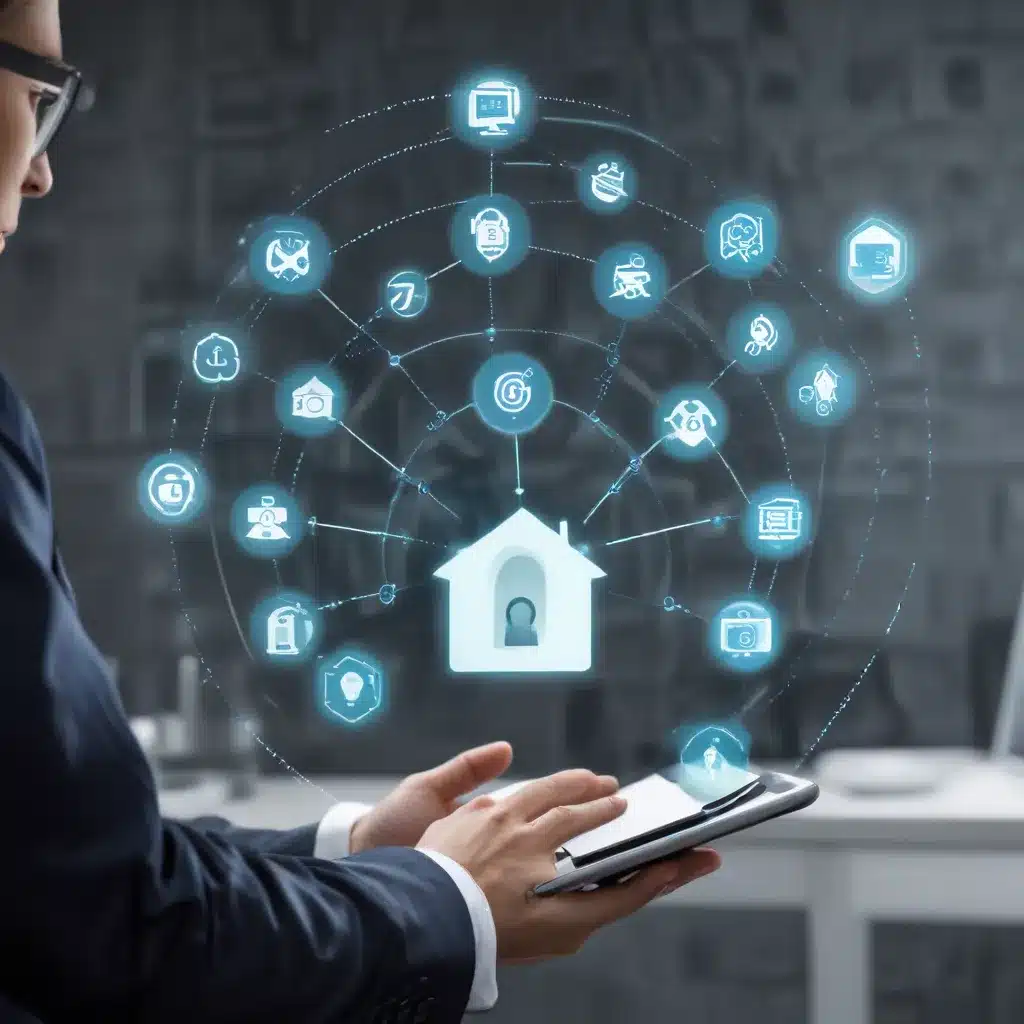
The Internet of Things: A Transformative Force
The Internet of Things (IoT) has emerged as a transformative force, seamlessly integrating connected devices into our daily lives. From smart home appliances to wearable fitness trackers, this interconnected ecosystem promises to make our lives more convenient, efficient, and tailored to our preferences. However, this interconnectedness also introduces a myriad of challenges, particularly in the realm of data privacy.
As we step into 2024, the proliferation of connected devices raises significant concerns about the security and privacy of user information. Each IoT device serves as a potential entry point for unauthorized access to sensitive personal data, creating a complex landscape that demands vigilant protection.
Uncovering the Risks: Vulnerabilities in the IoT Ecosystem
The very features that make IoT devices innovative also make them a target for potential security threats. The lack of standardized security protocols, the reliance on cloud-based services, and the inherent design of IoT systems introduce a range of vulnerabilities that can compromise user privacy.
One of the primary risks associated with IoT devices is the inconsistency in security measures across different platforms and manufacturers. This lack of standardization makes it challenging to ensure comprehensive protection for all connected devices. Furthermore, many IoT devices are designed with convenience in mind, sometimes at the expense of security, with features like always-on connectivity and remote access inadvertently opening the door to cyber threats.
The interconnectedness of the IoT ecosystem also means that a breach in one area can have cascading effects across an entire network of connected devices. The reliance on cloud-based services for data storage and processing introduces additional points of failure where data breaches can occur, further compounding the privacy risks.
Navigating the Regulatory Landscape
The evolving regulatory landscape surrounding data privacy in the IoT era adds another layer of complexity. Governments and regulatory bodies around the world are implementing measures to protect consumers’ personal information and ensure that companies adhere to best practices in data security and privacy.
Legislation such as the General Data Protection Regulation (GDPR) in the European Union and the California Consumer Privacy Act (CCPA) in the United States set standards for data protection and grant individuals control over their personal information. These regulations also impose penalties on companies that fail to comply with privacy and security requirements, incentivizing the adoption of stronger protections.
As the IoT landscape continues to expand, staying informed about the legal framework and understanding the specific requirements that apply to your organization is crucial for maintaining compliance and safeguarding user privacy.
Strategies for Securing Connected Devices
Protecting user privacy in the IoT era requires a comprehensive and proactive approach. One of the foundational steps is to regularly update the firmware and software of your connected devices. Manufacturers often release updates to patch security vulnerabilities and enhance functionality, and ensuring that your devices are running the latest versions is a simple yet effective way to safeguard against potential threats.
Customizing the privacy settings of your IoT devices and related services is another critical practice. Many devices come with default settings that may not align with your privacy preferences, and taking the time to adjust these settings can significantly reduce the amount of personal information that is collected and shared.
Implementing robust encryption and authentication measures is also paramount. Encryption scrambles your data, making it unreadable to anyone who does not have the proper key, while authentication verifies the identity of users and devices, ensuring that only authorized individuals can access your information. These security measures provide a solid foundation for protecting the confidentiality, integrity, and availability of your data.
Fostering a Culture of Privacy
Navigating the evolving landscape of IoT privacy and data protection requires not only technical solutions but also a shift in organizational culture. Embedding privacy considerations into every aspect of your operations, from product development to customer service, is essential for creating a culture of privacy and respect for user information.
Encouraging open dialogue about privacy, providing ongoing training for employees, and promoting accountability at all levels can help instill a mindset where every decision and process considers the impact on privacy. This cultural transformation is crucial for ensuring that data protection is not an afterthought but a fundamental aspect of your organization’s DNA.
The Future of IoT Privacy: Challenges and Opportunities
As we look towards the future, the landscape of IoT privacy and data protection holds both challenges and opportunities. Advancements in technology, such as the rise of blockchain and quantum computing, offer potential solutions for enhancing privacy and security in the IoT ecosystem. However, the continued growth of the IoT landscape will also require a concerted effort from individuals, companies, and governments to ensure that privacy is not sacrificed in the pursuit of convenience and efficiency.
Balancing the benefits of connected devices with the need to protect personal information will be critical. By embracing a proactive and informed approach to privacy, individuals can navigate this complex landscape with confidence, while organizations that prioritize data protection can distinguish themselves as leaders in the evolving world of the Internet of Things.
Conclusion: Safeguarding Privacy in the IoT Era
Navigating the evolving landscape of IoT privacy and data protection is a multifaceted challenge that requires a strategic and collaborative approach. By understanding the risks, implementing robust security measures, and fostering a culture of privacy, organizations can protect user information and build trust in the increasingly interconnected digital landscape.
As the IoT ecosystem continues to expand, the importance of safeguarding user privacy cannot be overstated. By embracing the opportunities presented by connected devices while prioritizing data protection, we can unlock the full potential of the Internet of Things and create a future where innovation and privacy coexist seamlessly.
To stay informed and up-to-date on the latest developments in IoT privacy and data protection, visit https://itfix.org.uk/, your trusted source for practical IT solutions and industry insights.












